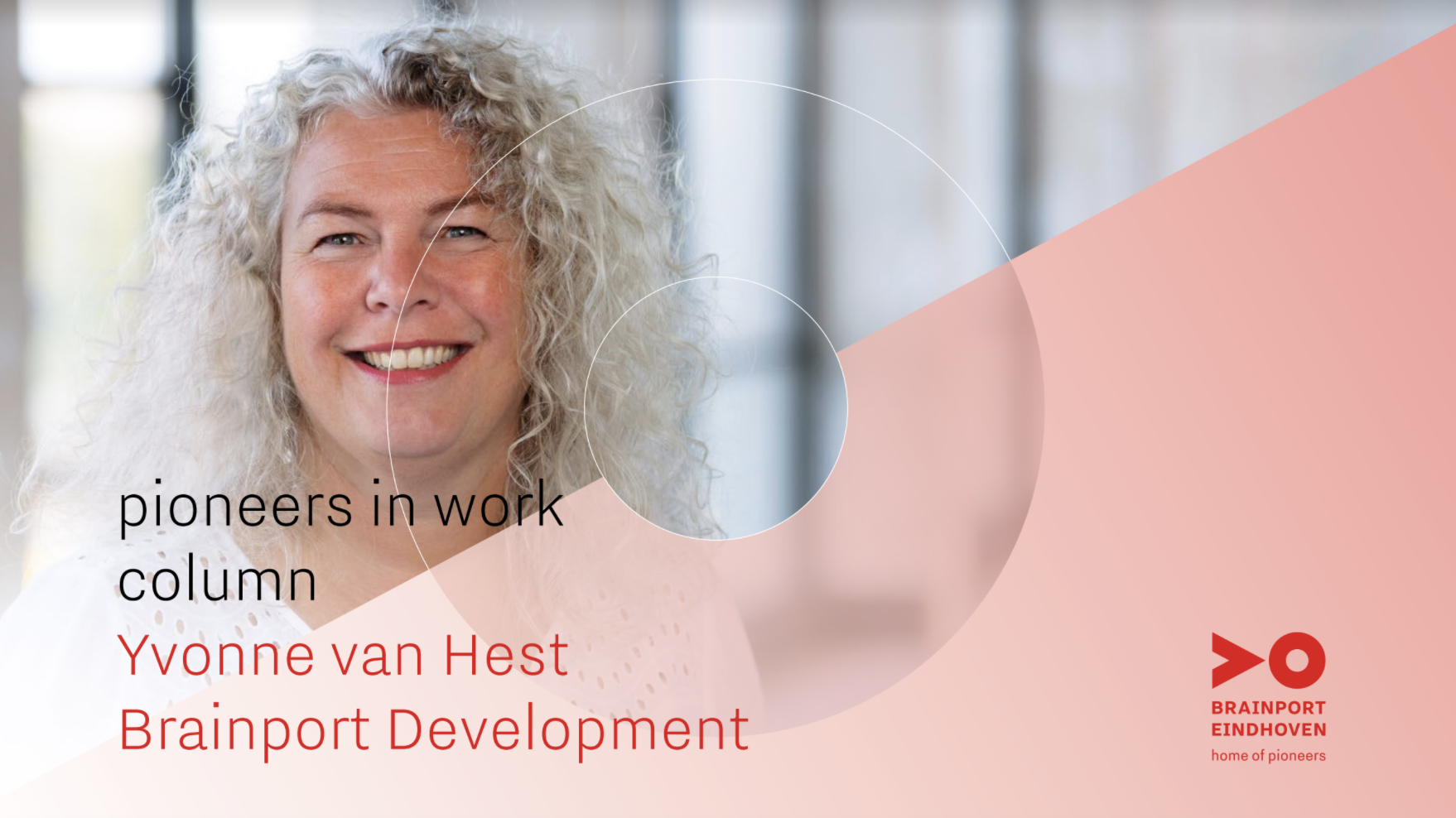
On the occasion of the theme month ‘Talent – Pioneers in Work‘, Yvonne van Hest, who will soon step down as program manager at Brainport Development for another role in the region, looks back on ten years of developments in the interaction between education and the labor market. Over this period she sees three clear developments: inclusiveness, lifelong development, and the connection between education and industry.
Inclusiveness
Ten years ago, we only talked about economic growth, now we focus on a combination of economic growth, prosperity, and welfare. We have started to look at our society in a more inclusive way, or at least we are aware of it. This is also reflected in the concept of broad prosperity. Whereas we used to use the gross national product (GDP) as the main way of measuring, we now include many more factors, such as health, safety, work, and leisure time. You could also call this the ‘general sense of happiness’. And although the Netherlands ranks high on the ‘World Happiness Index’ (number 5), there is still work to be done in this area. Being aware of it is the first step. Becoming competent is the next step.
Lifelong development
In 2011, the term lifelong learning already existed. But we struggled with it. By then, everyone was already convinced that jobs were changing faster and faster and we needed to do something about it. The second point alone was to keep our people ‘fit for the job’. And yes, things have changed, we see that many employers and employees have an awareness of the phenomenon. We have turned the word ‘learning’ into ‘developing’. But we still struggle with it, because: how do we really get that learning culture into our capillaries? And whose responsibility is this really?
To have the right effect, we need to pull the term apart. Because retraining an employee is really something different than personal development. With a different approach attached to it. We recently conducted research into this, which resulted in this fact sheet.
Connecting education and business
Education and business used to be separate entities. We have now made great strides in connecting the two. In our region, we have no fewer than 10 hybrid learning environments, mainly with intermediate and higher vocational education. These are physical places where companies and education are housed together and do their own thing but also work together intensively. We have hybrid tech teachers, who contribute extra to the qualities of education. And we have so much more, like the Dutch Technology Week, centers of innovative craftsmanship and expertise. In addition, we have seen a very large increase in collaboration between primary and secondary schools and industry over the past decade.
But there are also things that have not (yet) changed. Although we are working very hard to reduce the shortage in the labor market, it has only increased. In fact, we have reached a point in the Netherlands where we have more vacancies than unemployed people. We are still looking for sheep with five legs. We still do not know – for whatever reason – how to find the unused (or better: unseen) labor potential. We still think too much in terms of processes. In functions instead of roles and tasks. We talk about employment as a goal, but shouldn’t it become talent provision as a solution to labor shortages? And a learning culture really needs to become more embedded in our education.
It’s something we need to work on further in the next 10 years or so. Perhaps also in other ways. With more impactful, structural interventions. But we should also be particularly proud of what we have achieved in recent years, through collaboration between, among others, municipalities, interest groups, social partners, companies, and educational institutions. We have reached millions of tech & IT talents worldwide; we have more than 250 schools engaged in the internationalization of education; we have reached thousands of residents with our campaigns on lifelong development, and we have hundreds of employers and educational institutions promoting technology. And there are many more examples to mention.
Meanwhile, the labor market continues to change – if only because of those changing jobs – and we move along with these developments. There is an awareness that being flexible and looking at talent differently is sorely needed in a context that is constantly changing. That is why we will achieve a lot again in the next 10 years. Let’s start by getting inspired this month – the theme month for ‘Talent – Pioneers in Work’!








